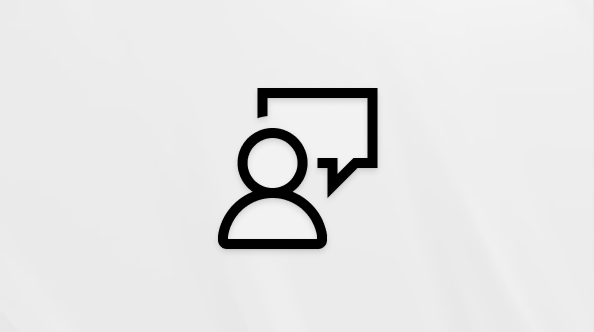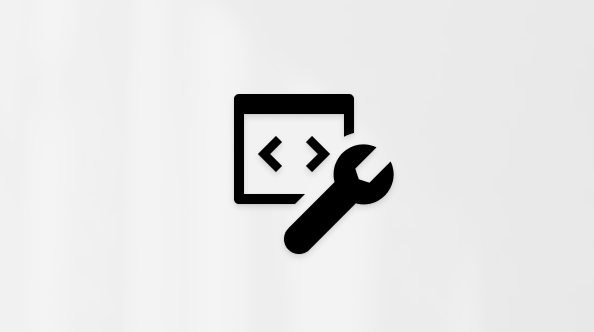This article provides a brief overview of databases — what they are, why you might want to use one, and what the different parts of a database do. The terminology is geared toward MicrosoftAccess databases, but the concepts apply to all database products.
In this article
What is a database?
A database is a tool for collecting and organizing information. Databases can store information about people, products, orders, or anything else. Many databases start as a list in a word-processing program or spreadsheet. As the list grows bigger, redundancies and inconsistencies begin to appear in the data. The data becomes hard to understand in list form, and there are limited ways of searching or pulling subsets of data out for review. Once these problems start to appear, it's a good idea to transfer the data to a database created by a database management system (DBMS), such as Access.
A computerized database is a container of objects. One database can contain more than one table. For example, an inventory tracking system that uses three tables is not three databases, but one database that contains three tables. Unless it has been specifically designed to use data or code from another source, an Access database stores its tables in a single file, along with other objects, such as forms, reports, macros, and modules. Databases created in the Access 2007-2016 format (which is also used by Access for Microsoft 365, Access 2024, Access 2021, and Access 2019) have the file extension .accdb, and databases created in earlier Access formats have the file extension .mdb.
Using Access, you can:
-
Add new data to a database, such as a new item in an inventory
-
Edit existing data in the database, such as changing the current location of an item
-
Delete information, perhaps if an item is sold or discarded
-
Organize and view the data in different ways
-
Share the data with others via reports, e-mail messages, an intranet , or the Internet
The parts of an Access database
The following sections are short descriptions of the parts of a typical Access database.
Tables

To get the most flexibility out of a database, the data needs to be organized into tables so that redundancies don't occur. For example, if you're storing information about employees, each employee should only need to be entered once in a table that is set up just to hold employee data. Data about products will be stored in its own table, and data about branch offices will be stored in another table. This process is called normalization.
Each row in a table is referred to as a record. Records are where the individual pieces of information are stored. Each record consists of one or more fields. Fields correspond to the columns in the table. For example, you might have a table named "Employees" where each record (row) contains information about a different employee, and each field (column) contains a different type of information, such as first name, last name, address, and so on. Fields must be designated as a certain data type, whether it's text, date or time, number, or some other type.
Another way to describe records and fields is to visualize a library's old-style card catalog. Each card in the cabinet corresponds to a record in the database. Each piece of information on an individual card (author, title, and so on) corresponds to a field in the database.
For more information about tables, see the article Introduction to tables.
Forms

You can program command buttons to determine which data appears on the form, open other forms or reports, or perform a variety of other tasks. For example, you might have a form named "Customer Form" in which you work with customer data. The customer form might have a button which opens an order form where you can enter a new order for that customer.
Forms also allow you to control how other users interact with the data in the database. For example, you can create a form that shows only certain fields and allows only certain operations to be performed. This helps protect data and to ensure that the data is entered properly.
For more information about forms, see the article Introduction to forms.
Reports

A report can be run at any time, and will always reflect the current data in the database. Reports are generally formatted to be printed out, but they can also be viewed on the screen, exported to another program, or sent as an attachment to an e-mail message.
For more information about reports, see the article Introduction to reports in Access.
Queries

Certain queries are "updateable," meaning you can edit the data in the underlying tables via the query datasheet. If you are working in an updateable query, remember that your changes are actually being made in the tables, not just in the query datasheet.
Queries come in two basic varieties: select queries and action queries. A select query simply retrieves the data and makes it available for use. You can view the results of the query on the screen, print it out, or copy it to the clipboard. Or, you can use the output of the query as the record source for a form or report.
An action query, as the name implies, performs a task with the data. Action queries can be used to create new tables, add data to existing tables, update data, or delete data.
For more information about queries, see the article Introduction to queries.
Macros

For more information about macros, see the article Introduction to Access programming.
Modules

For more information about modules, see the article Introduction to Access programming.










